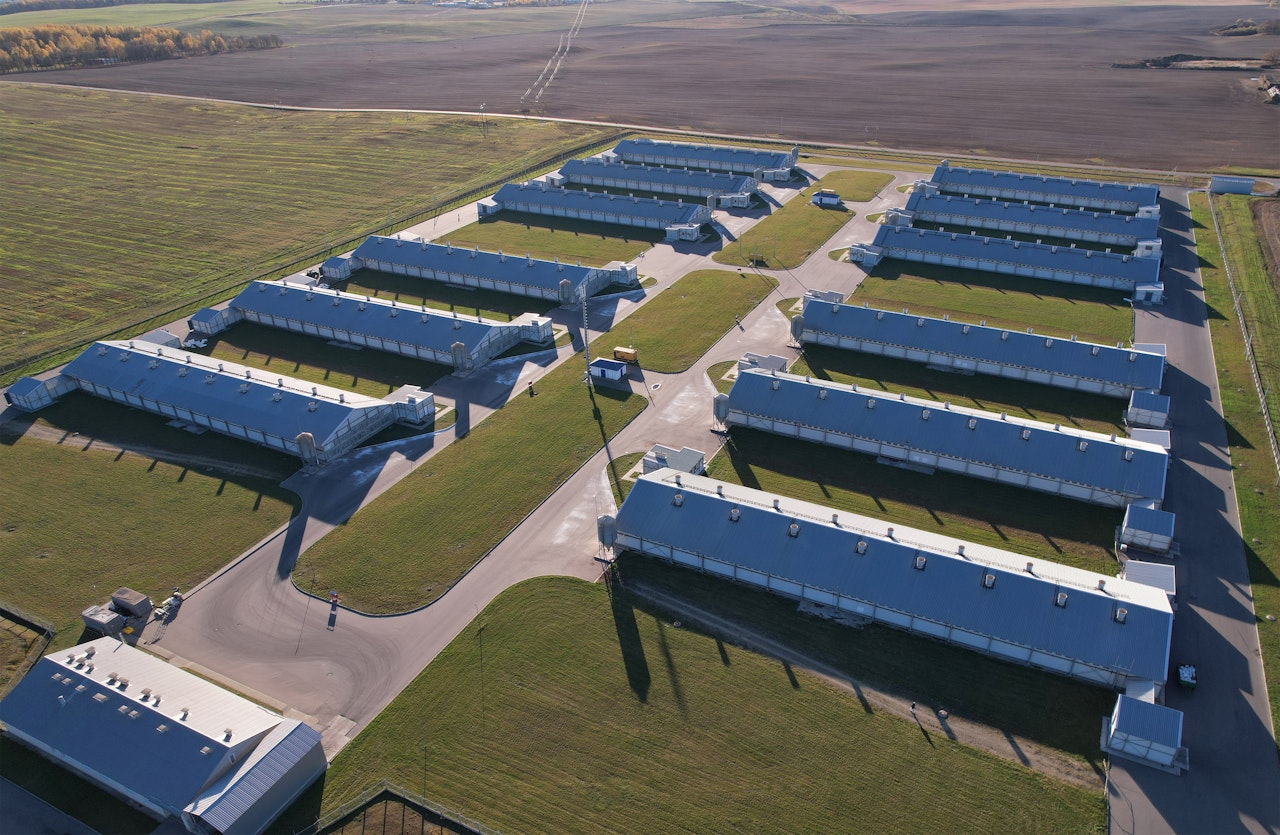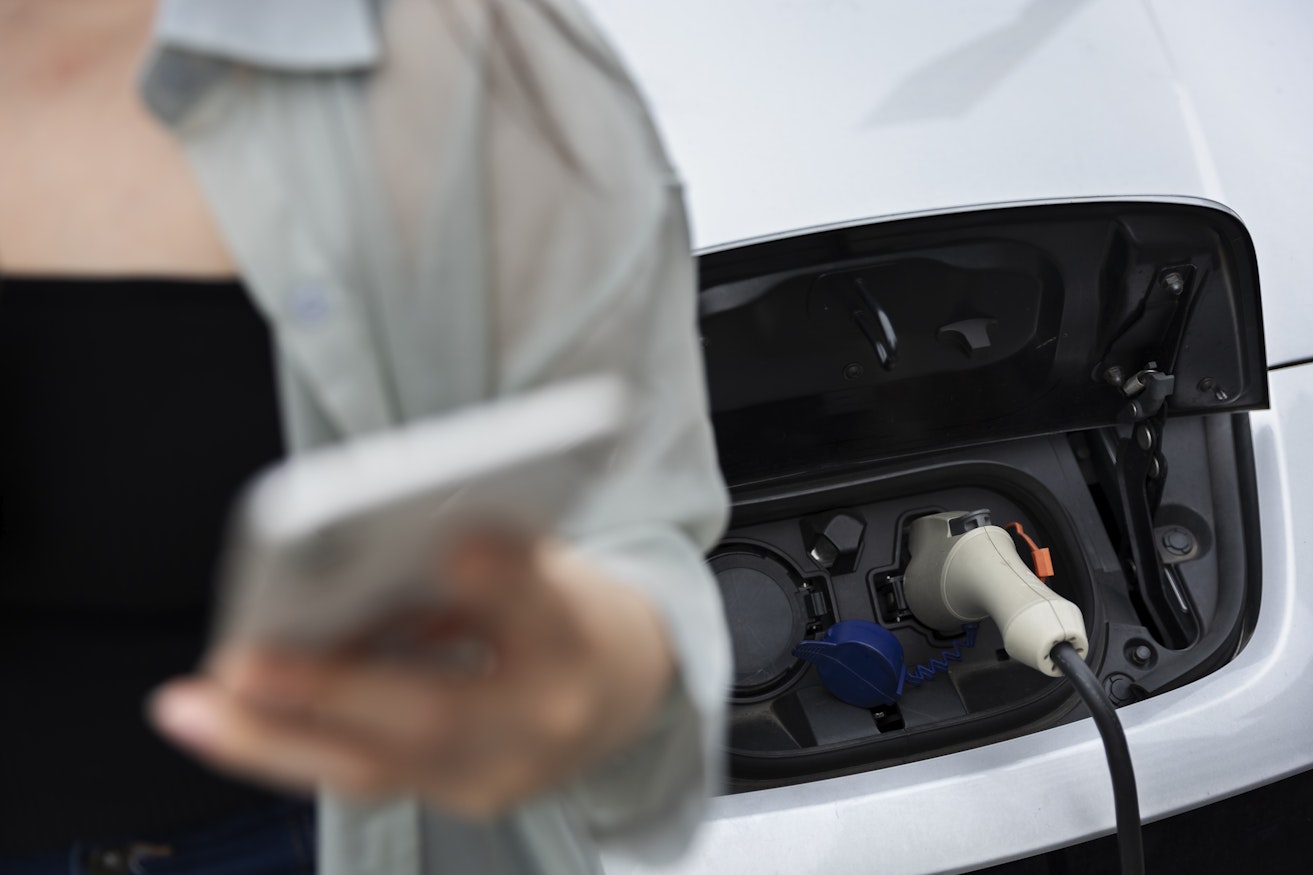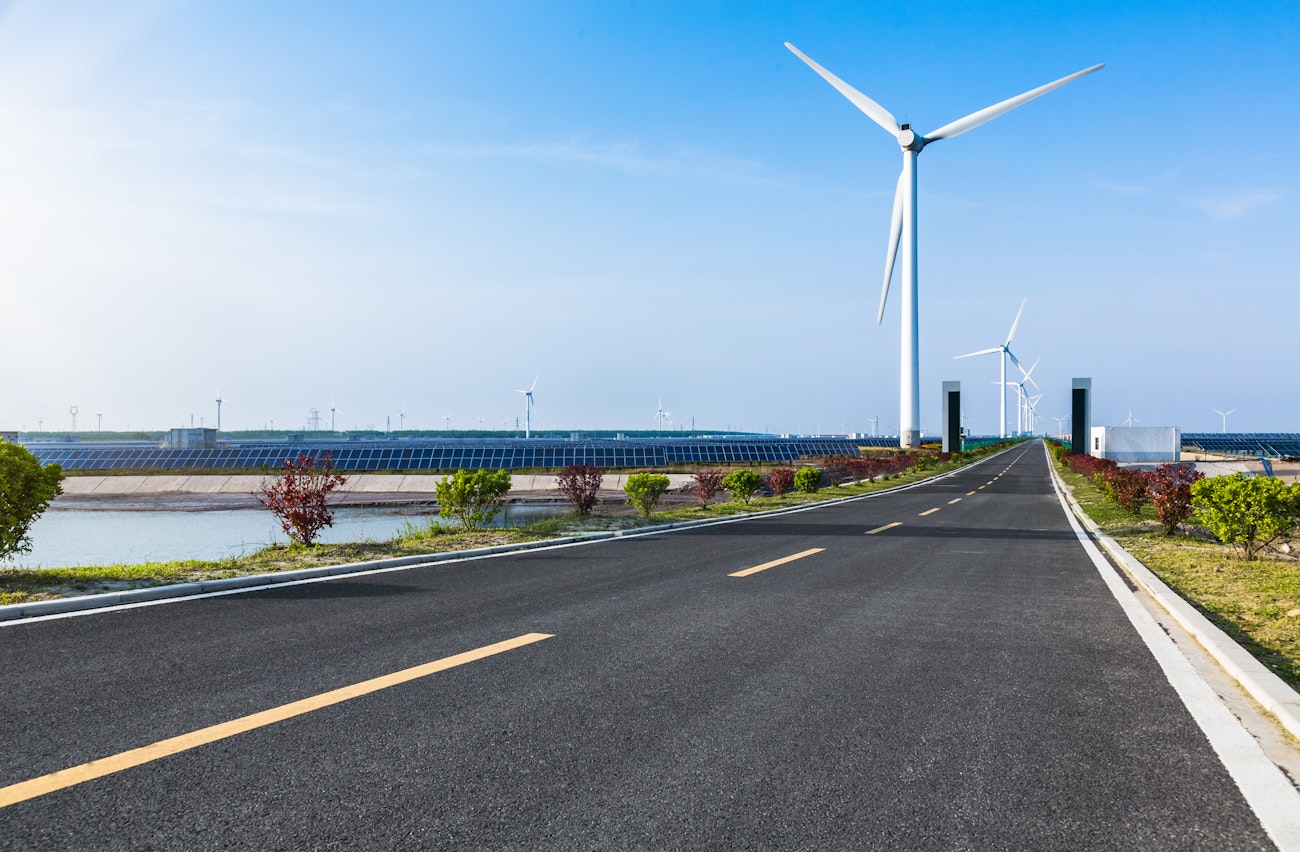- Solar energy blog
- The rise of BESS in Australia
The rise of BESS in Australia
Australia’s BESS market is growing fast but what does the future look like for battery storage and renewables in the country?



As the installation of solar photovoltaic (PV) technology becomes more widespread and solar power penetrates further into society, optimizing these systems is becoming increasingly critical.
This includes technological innovations, lifespan improvements, and new design methodologies.
One fundamental area that can be optimized is minimizing solar losses and storing excess energy for distribution at a later date. To this end, the prevalence of battery energy storage systems (BESS) is growing, and many new plants now include integrated storage solutions.
Deciding on which energy storage system best suits your PV project? Listen back to Altair Veiga, Principal Consultant at RatedPower, in our webinar: AC vs. DC: The solar storage face-off. In the webinar, he will highlight the new feature launched in RatedPower software that allows users to compare DC-coupled BESS against AC-coupled BESS in their design.
In this blog, we’ll look at the rise of BESS in Australia, some recent success stories in the country, and what the future holds for Australian solar.

What is BESS?
Before we start, let’s quickly examine what BESS is. Essentially, BESS are batteries that store excess power generated by renewable energy systems. Typically comprising one or more lithium-ion batteries, BESS can be connected to a solar PV installation either off or on-site.
When a solar PV installation generates excess power, BESS can be charged, storing the energy for distribution later as electricity. Not only does this cut down on losses incurred by solar installations, but it can also help mitigate fluctuations in power generation and demand. Given that solar is so reliant on the weather, stored energy can be used to offset generation drops due to poor conditions or during the night.
BESS allows systems to operate more efficiently, provides reliable, consistent output, and improves the grid’s resilience. The integration of BESS into more solar plants, both new and existing, will be crucial in the transition to green energy and the longevity of solar projects.
Bizarre BESS beginnings
Australia’s adoption of utility-scale BESS started in a somewhat bizarre fashion, as a bet between two billionaires on Twitter in 2017. Mike Cannon-Brookes, CEO of Atlassian, challenged Elon Musk to build a BESS installation in South Australia after Musk proposed that it could help solve the region’s energy issues.
Musk came through on the bet, and Tesla built a BESS installation with a capacity of 100 MW, used to store power from nearby solar and wind farms. Since the completion of this project, Australia has thrown itself behind battery technology and ramped up its storage solutions. There are now BESS installations all across the country, with many being found on the East Coast and in the Melbourne area.

The rise of BESS in Australia
Australia has 25 big battery projects currently connected to the grid. This is a remarkable achievement, given that prior to 2017, the country had almost no BESS capacity to speak of.
The country continues its strong push into battery storage, with over $1 billion of investment committed to large-scale BESS projects in the second quarter of 2023 alone. This does not include hybrid projects planned to have generation capacity alongside storage. If you consider the investment for these projects, the total amount rises to over $2 billion.
If you want to learn more about hybridizing utility-scale PV plants, listen back to our webinar: Hybridizing utility-scale PV plants with DC-Coupled BESS with Gorka Arrieta, who guides you through the process of designing the layout of a DC-coupled BESS in RatedPower.
In 2022, work was started on 19 big battery projects with a total capacity of 1.38 GW. Wood McKenzie reports the total pipeline of BESS projects announced to be in excess of 40 GW of capacity, with Rystad reporting that it is over 50 GW. As a result, experts are predicting a 28% increase in the country’s BESS capacity from now until 2032.
If this is achieved, it will match, or even exceed, the 40 GW of combined solar and wind capacity already operational in the country, further underlining Australia’s commitment to storage technologies.
Price drops in BESS technology and components in the APAC region are also expected in the near future. Studies estimate that Australia and South Korea will see a 40% drop in the price of lithium iron phosphate and nickel manganese cobalt modules by 2032. This follows a sustained drop in lithium prices since late 2022 and, if realized, will represent between an 18-21% decrease in total module prices per kWh over the next ten years.
The Wood McKenzie report also anticipates renewable and storage prices to undercut coal and gas prices by 2028 in Australia. After this point, it is expected that investment and development of the renewable energy landscape in the country will accelerate even further.

Challenges
It is not all good news for Australia, though, as there are still significant challenges to overcome in its transition to green energy. The problem of connecting BESS projects to the grid is still a significant hurdle that needs to be overcome.
There is widespread resistance to the installation of high-voltage power lines across the country that are essential for connecting renewable plants and BESS projects to the grid. Without this connectivity, these projects would be redundant.
On top of this, even though Australia has one of the largest lithium reserves in the world, they do not refine it and export most of it to China. Subsequently they still have relatively high battery costs compared to other countries, particularly China, which itself will see development slowed due to the need for high levels of investment.
There are also signs that Australia will miss its target of generating more than 82% of its energy from renewable sources by 2030. With the current rate of progress, Rystad predicts that the country will only achieve 60% generation from renewables by 2030. While 82% is an ambitious goal, failing to meet it would be seen as a disappointment for the Australian government and a blow to the green energy transition.
Australia is making great strides to increase its already impressive BESS capacity. Some challenges must be overcome if the country is to meet its targets. Still, progress is being made, and Australia provides an example for the rest of the world to follow when adopting storage technologies.
If you'd like to try a tool for designing hybrid plants. Check out our BESS software.
Latest stories
Related posts
Technology and engineering
Innovation in renewable energy: Developments expected in 2025
We look at the 10 biggest renewable industry developments that are making a green future possible, including perovskite solar cells, green hydrogen, and more.
Updated 18 MAR, 25

Market analysis
Breaking down solar farm costs: Free template inside
Updated 27 SEP, 21

Market analysis
Solar energy in Australia: a 2021 market analysis
Updated 11 MAY, 21

- RatedPower
- Solar energy blog
- The rise of BESS in Australia
